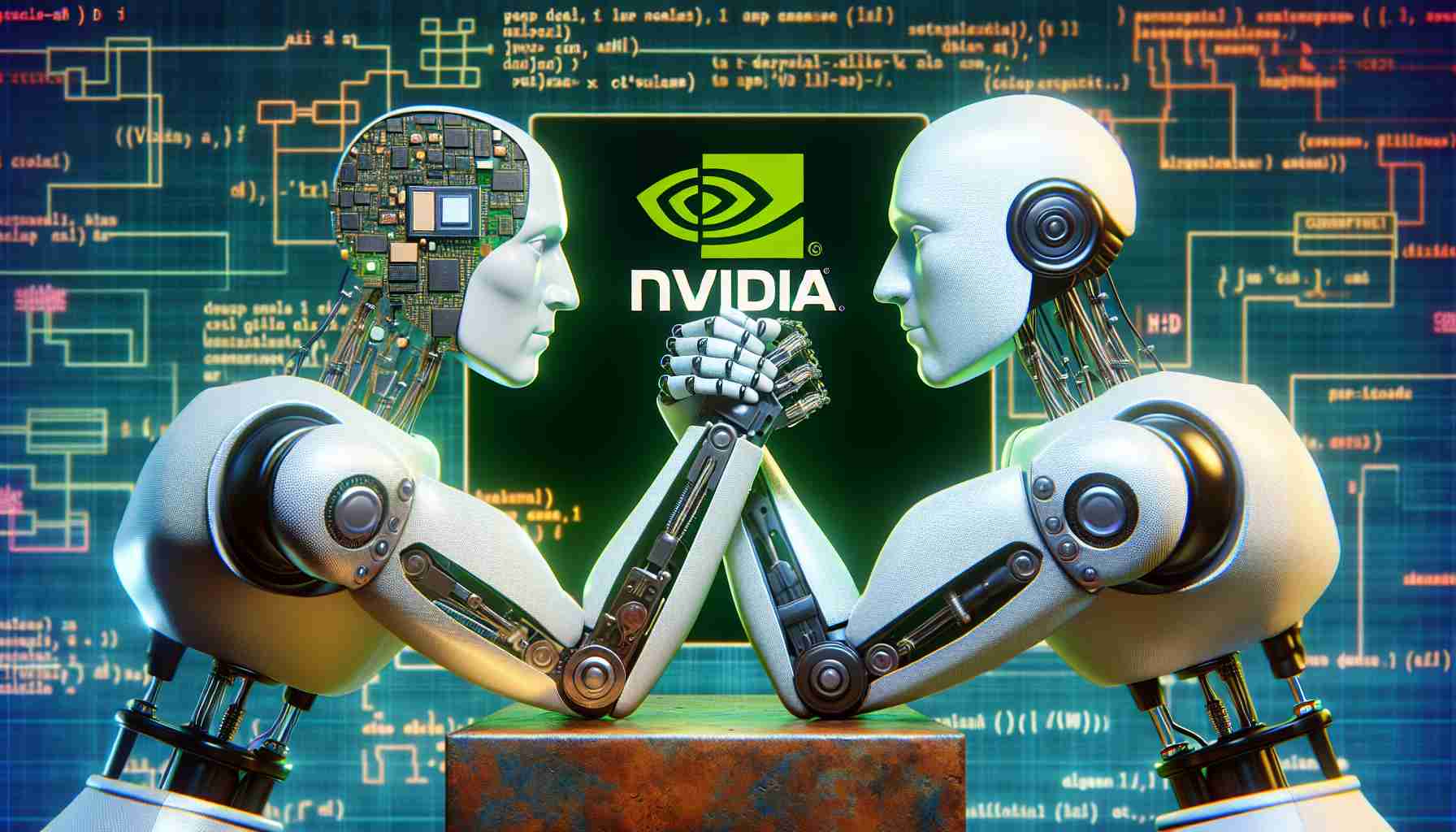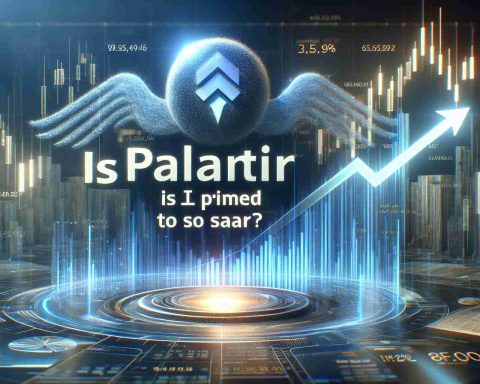- DeepSeek’s rise signals a shifting landscape in AI, challenging established players like Nvidia.
- Nvidia faced a historic market value loss due to concerns over DeepSeek’s emerging capabilities.
- DeepSeek’s R1 model offers competitive performance in math, coding, and reasoning at a significantly lower cost.
- The start-up’s open-source model strategy enables flexibility and rapid adaptation.
- Scrutiny arises over DeepSeek’s methods, potentially impacting its credibility in the market.
- The situation is being viewed as a “Sputnik moment,” reflecting its broader geopolitical impact.
- Nvidia’s history of innovation suggests it may adapt to the changing AI landscape despite current challenges.
In a surprising twist, the rise of DeepSeek, a Chinese AI start-up, has sent shockwaves through the tech world, shaking the foundations of artificial intelligence competition. Nvidia recently experienced a staggering $600 billion drop in market value—its largest one-day loss ever—as investors reacted to this emerging threat. DeepSeek’s R1 model has demonstrated it can perform math, code, and reasoning tasks on par with established giants like ChatGPT, but at a fraction of the cost; it reportedly processes output for just $2.19 compared to OpenAI’s $60.
Founded in May 2023 by hedge fund leader Liang Wenfeng, DeepSeek’s technology utilizes open-source models, making it uniquely adaptable. However, the company faces scrutiny for purportedly borrowing methods from OpenAI, raising questions about its legitimacy and the true cost of its innovative approach.
While industry experts have labeled DeepSeek’s emergence as a potential “Sputnik moment,” indicating its geopolitical significance, the implications for Nvidia and the broader AI sector remain uncertain. Despite the initial panic, Nvidia’s adaptability positions it to navigate this evolving landscape. Investors are reminded not to underestimate the perseverance and innovation that has driven Nvidia’s past transformations—from gaming to AI and beyond.
As the race toward Artificial General Intelligence (AGI) accelerates, the technological battle is far from over. Keep an eye on how DeepSeek and Nvidia shape the future of AI, as efficiency and innovation will determine who ultimately leads the charge.
DeepSeek vs. Nvidia: The Future of AI Unveiled!
As the landscape of artificial intelligence rapidly evolves, the emergence of new players like DeepSeek is reshaping the competitive dynamics. Here’s a comprehensive look at the latest developments, including market insights, comparisons, and potential implications for the future of AI technology.
Key Innovations and Features of DeepSeek
– Cost Efficiency: DeepSeek’s R1 model offers a remarkable cost advantage, executing tasks for just $2.19 per operation compared to OpenAI’s $60. This significant difference positions DeepSeek as a viable alternative for businesses looking to leverage AI technology without incurring prohibitive costs.
– Open-source Adaptability: Founded on open-source technology, DeepSeek’s platform is highly adaptable, allowing for rapid improvements and integrations with existing systems. This flexibility could enhance its competitive edge as businesses seek customizable AI solutions.
– Performance Metrics: DeepSeek claims to match or exceed the capabilities of dominant models like ChatGPT in performing tasks related to math, coding, and reasoning. Such assertions could potentially disrupt current industry standards.
Pros and Cons of DeepSeek’s Approach
# Pros:
– Cost-Effective AI Solutions: Lower prices may attract startups and small businesses unable to afford existing AI services.
– Rapid Integration: The use of open-source models facilitates quick adaptation to market needs.
– Potential for Innovation: Fresh perspectives and methodologies may lead to innovative breakthroughs in AI.
# Cons:
– Legitimacy Concerns: Accusations regarding borrowing methods from established companies like OpenAI raise ethical questions.
– Market Volatility: Investors might view DeepSeek’s rise as a threat, contributing to fluctuating stock prices in established companies like Nvidia.
– Sustainability of Growth: The company needs to prove its long-term viability in a competitive environment dominated by established players.
Market Insights and Trends
– AI Investment Forecasts: As competition intensifies, AI investments are projected to continue growing, with market forecasts estimating a significant increase in funding towards startups like DeepSeek. Experts expect this trend to catalyze innovation and collaboration among smaller tech firms.
– Technological Evolution: The shift towards affordable, efficient AI systems will drive more businesses to integrate AI. Notably, trends indicate that companies focusing on ethical use and transparency in AI development will gain favor in the market.
– Geopolitical Implications: The emergence of AI innovators from countries like China is hinting at a new era of tech competition reminiscent of the Cold War’s technological races. Experts suggest that monitoring regulatory approaches and governmental support will be crucial in understanding future developments.
Important Questions
1. What makes DeepSeek’s R1 model distinct from other AI models?
– DeepSeek’s R1 model is designed to be cost-effective and perform competitively in key areas like coding and reasoning while leveraging open-source technology for adaptable and rapid deployments.
2. How might Nvidia respond to this rising competition?
– Nvidia’s historical resilience and ability to pivot have positioned it well to adapt. The company may focus on improving its own product offerings, investing in research and development, and emphasizing its unique value propositions to maintain market dominance.
3. What role does ethical AI development play in the future of the AI industry?
– Ethical considerations are becoming increasingly important as consumers and regulators demand transparency and accountability in AI development. Companies that prioritize ethical practices may gain competitive advantages in the evolving tech landscape.
For further insights and updates on the AI landscape, check out TechCrunch and Forbes.




















